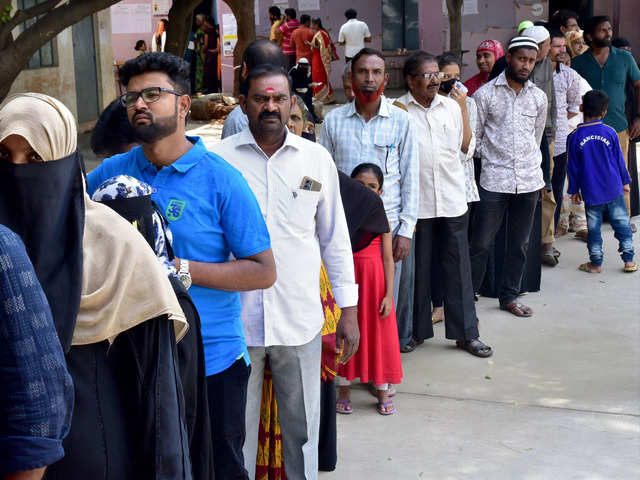
COVID-19's impact on M&E
Consumers are going to use online platforms for education, shopping and banking more than ever before.
Jun 11, 2020, 13:03 IST
media
EY analyses COVID-19’s impact on Media and Entertainment industry and how it can revive during unlock 1.0
Jun 11, 2020, 13:03 IST
Consumers are going to use online platforms for education, shopping and banking more than ever before.
- EY’s latest report looks at the impact of
COVID-19 onmedia and entertainment industry and predicts how it can revive by building on its strengths. - According to the report, consumers are going to use online platforms for education, shopping and banking more than ever before.
According to the report, consumers are going to use online platforms for education, shopping and banking more than ever before.

To move on from the current phase and get ad revenue back on track, M&E sector will have to take the following key actions:
- Revenue and sales leaders will have to identify plans to mitigate risks from potential cuts in ad spend and changing consumption patterns.
- Create revenue scenarios to understand impact to financial outcomes.
- Ensure billing and collection operations continue despite shift to digital workforce.
- Incentivise ad continuity
- Conduct research for key ad segments to provide customized packages
- Provide ad packages calibrated to the gradual geographical lift of the lockdown
- Reorient ad products and capabilities to build targeted offerings for marketers
- Build in interactive and other products to provide advertisers with end consumer data and partner with them to enable transactions and trial
- Bring all inventory across platforms to advertisers using big data
Strengths:
- M&E is categorised as “essential services” and permitted to continue operation (except theatres and events)
- Need for escapism, news and knowledge increases in times of trouble – demand for content expected to remain high
- Inability to produce content (physical presence critical)
- High dependence on advertising for revenues
- Inability to connect with and sell to large number of advertisers and SMEs (traditional media)
- Consolidation – Financially stronger brands consolidating weaker brands
- Sharing resources between competitors (competition)
- Back-office to the world
- Re-invention of sales through platforms to reach SMEs
- Direct to consumer and digital community creation
- UGC and Create-from-Home services
- WFH and manpower optimization
- Better monetisation of library content
- Stressed balance sheets for smaller players, increasing credit days due to liquidity squeeze
- Supply chain disruptions – Print distribution
- Continuity risk - one positive case in a studio can derail content production
- Increased piracy of content
- Ad revenue from sectors like travel, hospitality, services will contract in the medium/ long term
- Reduced willingness to spend more on subscription products can impact price increases
INSIDER INTELLIGENCE REPORTS







